In honor of the 123rd “Nobel Prize Day,” we’re highlighting some of the many notable laureates who worked on the Manhattan Project.
National Nuclear Security Administration
December 10, 2024Since 1901, Nobel Prizes have been presented to those who have "conferred the greatest benefit to humankind" at ceremonies on the 10th of December – the anniversary of Swedish chemist, inventor, engineer, and businessman Alfred Nobel’s death. In honor of the 123rd “Nobel Prize Day,” we’re highlighting some of the many notable laureates who worked on the Manhattan Project.
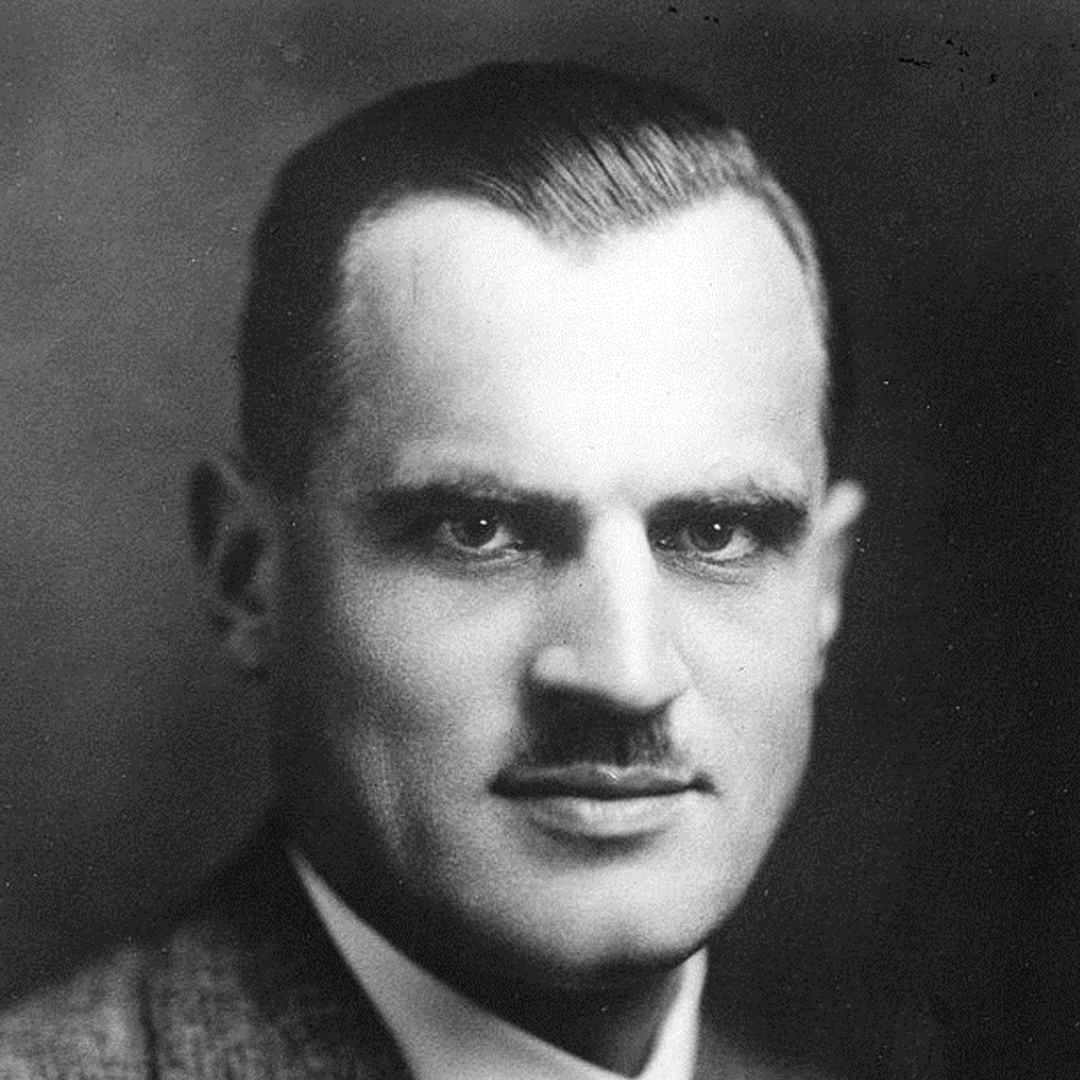
Arthur Compton
In 1927, Arthur Compton won the Nobel Prize in Physics for the discovery of his namesake Compton effect. The Compton effect is the quantum theory of high frequency photons scattering after interacting with a charged particle. Specifically, it details that when a photon hits electrons, it releases loosely bound electrons from outer valance electrons. This discovery was an important step in establishing scientific consensus on the wave and particle properties of light. Compton became a pivotal figure in the Manhattan Project during World War II, serving as the head of the “X” projects responsible for the Metallurgical Laboratory. Here, Compton oversaw Enrico Fermi’s creation of the first nuclear reactor and the design and operation of the X-10 Graphite Reactor at Oak Ridge.
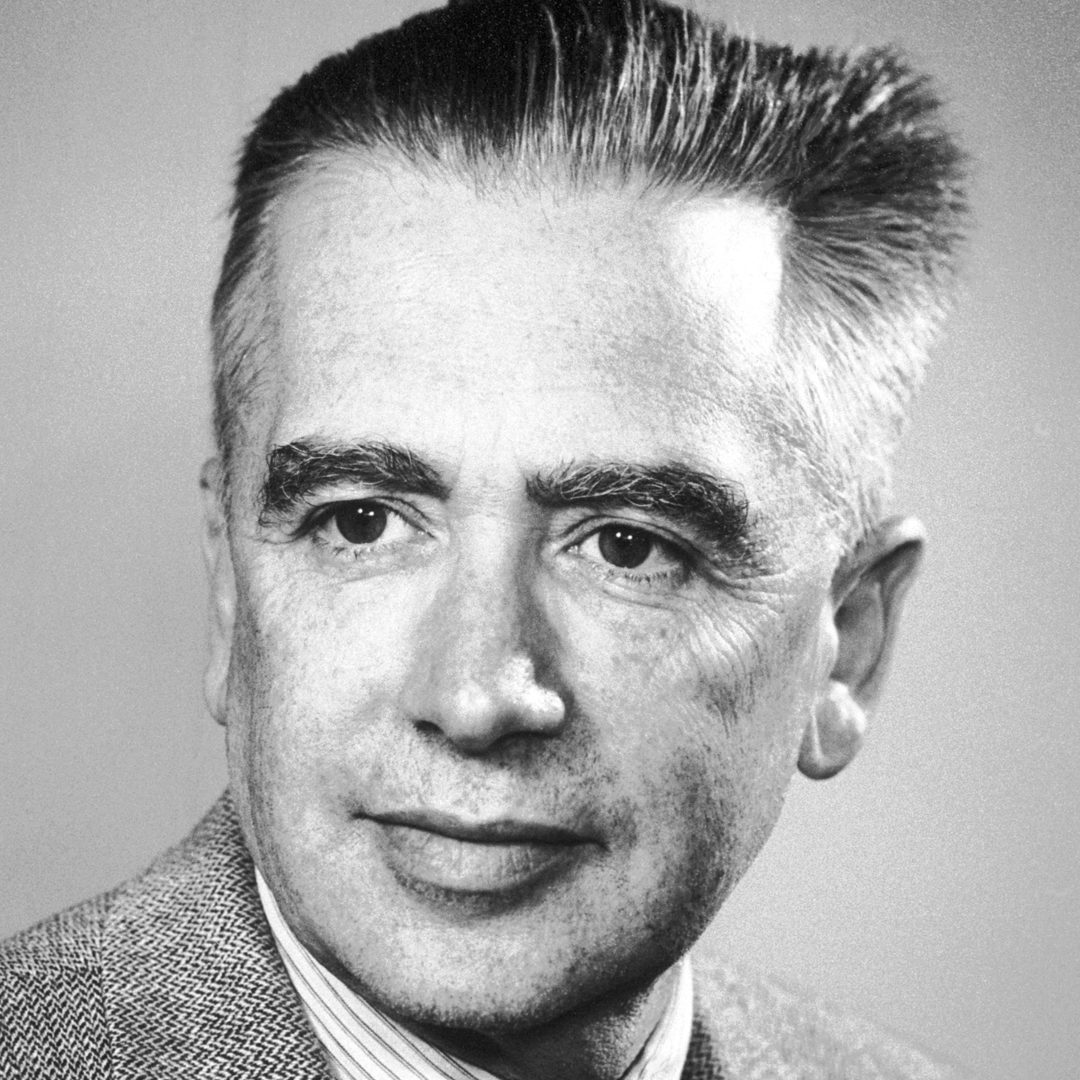
Emilio Segre
Emilio Segre came to the United States in 1938, fleeing antisemitic laws passed by Mussolini’s Italy. First joining the Berkley Radiation Lab as a research assistant, Segre helped discover the isotope Plutonium-239. In 1943, he began working as a group leader on the Manhattan Project at Los Alamos National Laboratory where he stayed until 1946. In 1959, Segre won the Nobel Prize in Physics for the discovery of the antiproton.
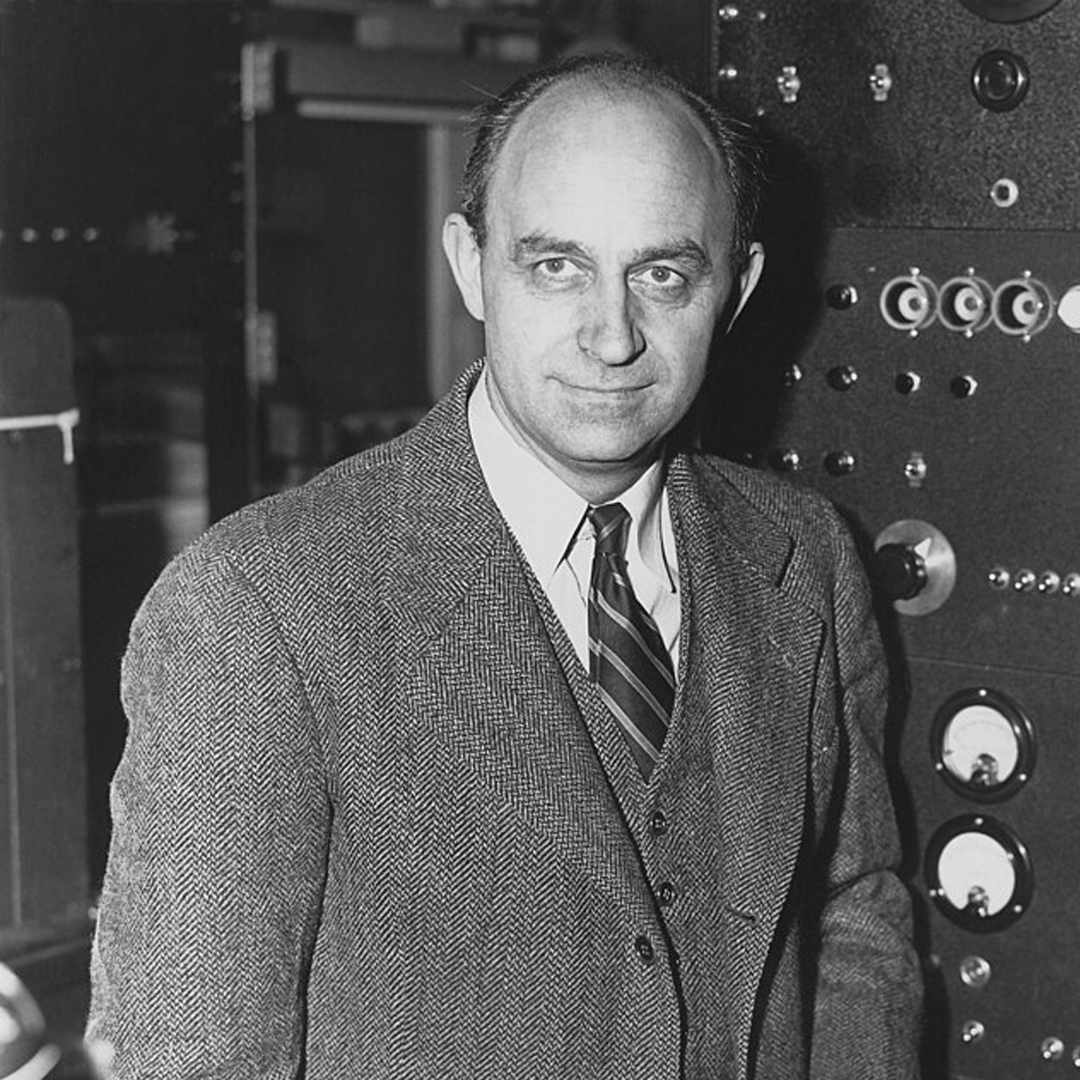
Enrico Fermi
Enrico Fermi earned the Nobel Prize in Physics in 1938 for the discovery of transuranium elements and work on induced radioactivity through neutron bombardment. These discoveries established Fermi as the architect of the nuclear age. After coming to the United States in 1938, Fermi joined the Manhattan Project to lead a team at the University of Chicago developing Chicago Pile-1, the first nuclear reactor. Fermi would later move to Los Alamos, New Mexico to head the F Division and was present at the Trinity Test.
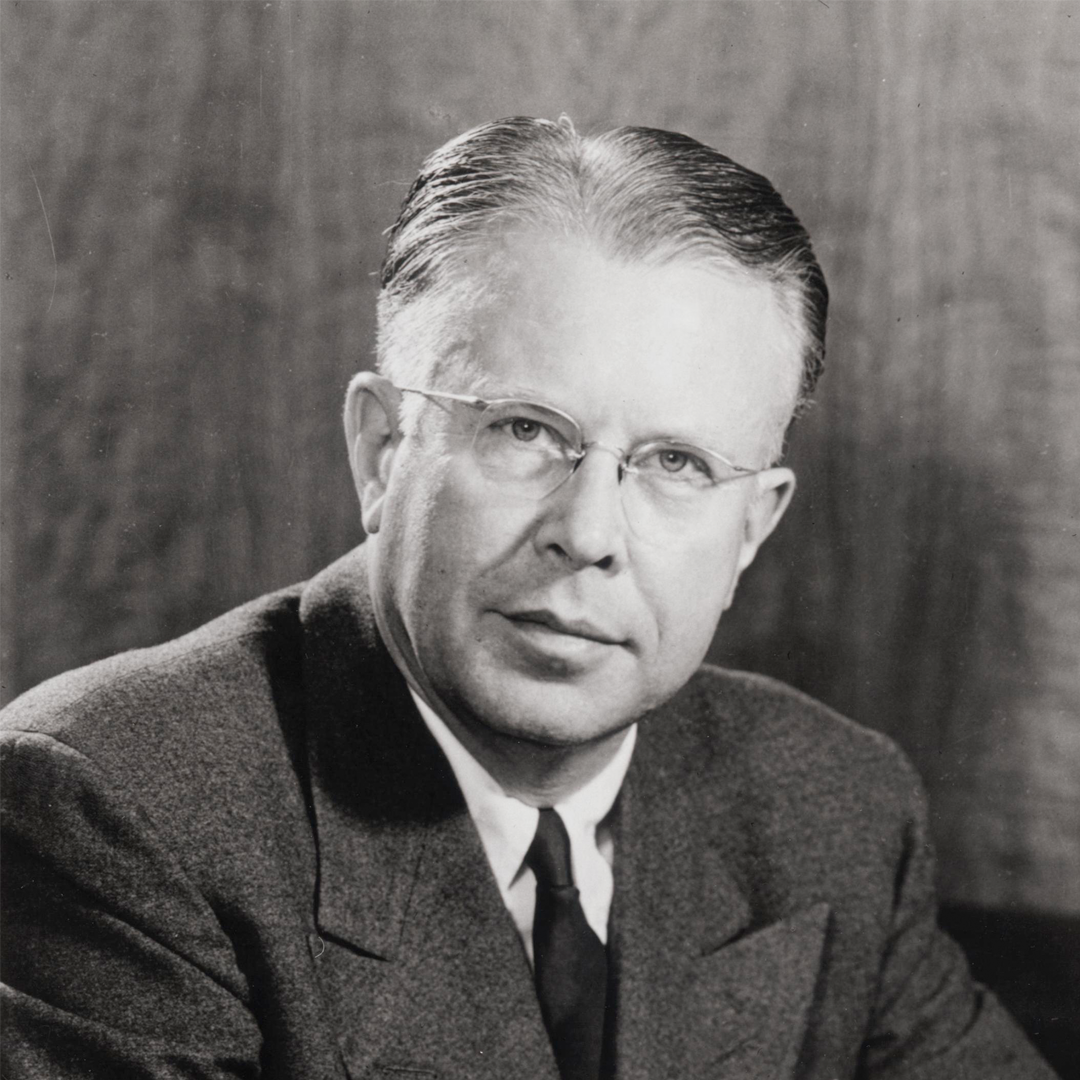
Ernest Lawrence
Ernest Lawrence earned his Nobel Prize in Physics in 1939 for the invention of the cyclotron, a type of particle accelerator still used in medical applications of nuclear science. Lawrence worked on the Manhattan Project during World War II where he is most remembered for his development of electromagnetic isotope separation for uranium. After the war, Lawrence cofounded his namesake Lawrence Livermore National Laboratory with fellow Manhattan Project scientist Edward Teller.
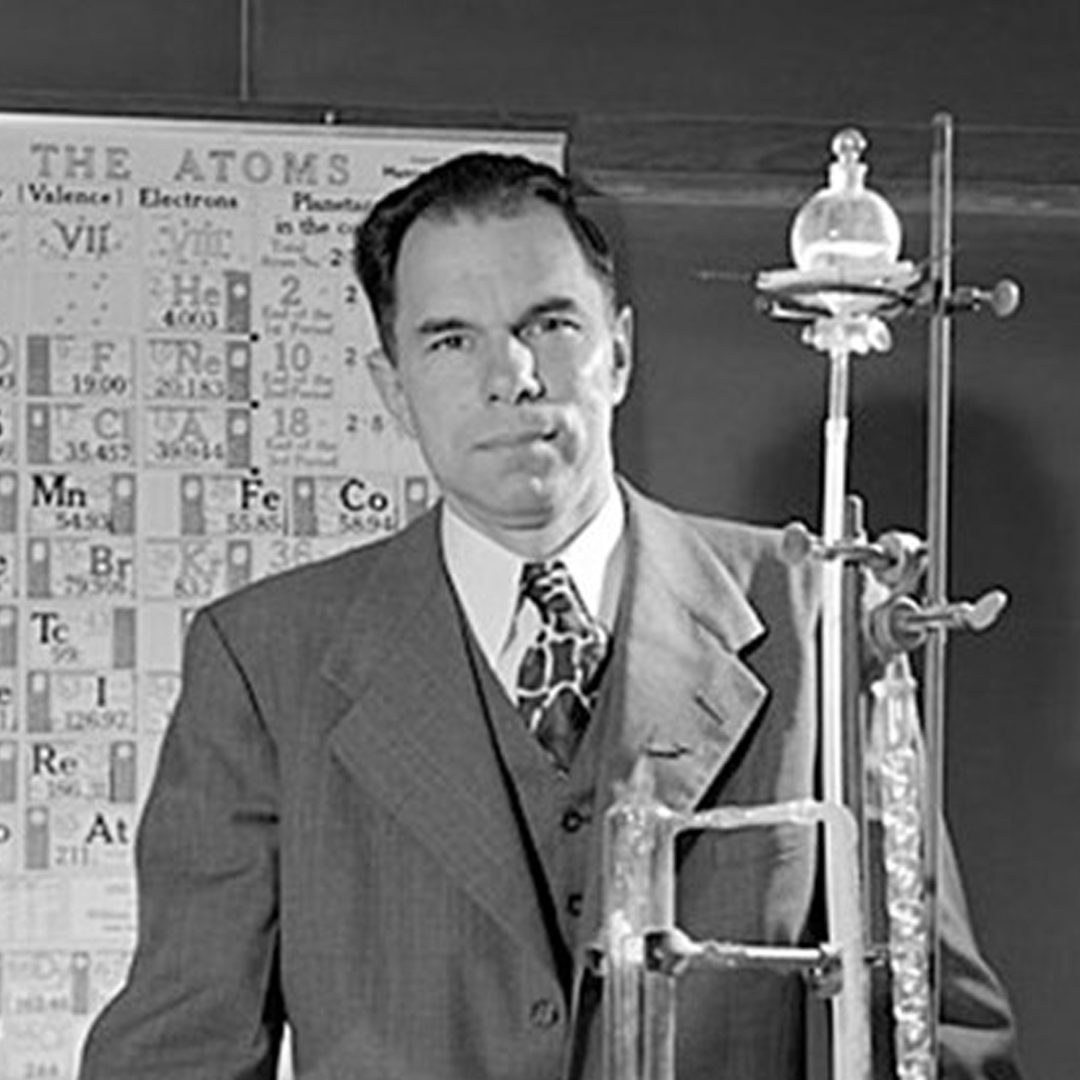
Glenn T. Seaborg
Glenn T. Seaborg joined the Manhattan Project Metallurgical Laboratory under Enrico Fermi and Arthur Compton in 1942. Seaborg’s role on the team was to determine how to extract the tiny bit of plutonium from the mass of uranium becoming responsible for the multi-stage chemical process that separated, concentrated, and isolated plutonium. He won the Nobel Prize in Chemistry in 1951 for his development of the actinide concept which rearranged the periodic table. He would later advise presidents from Harry Truman to Bill Clinton on nuclear policy and served as chairman of the Atomic Energy Commission from 1961 to 1971.
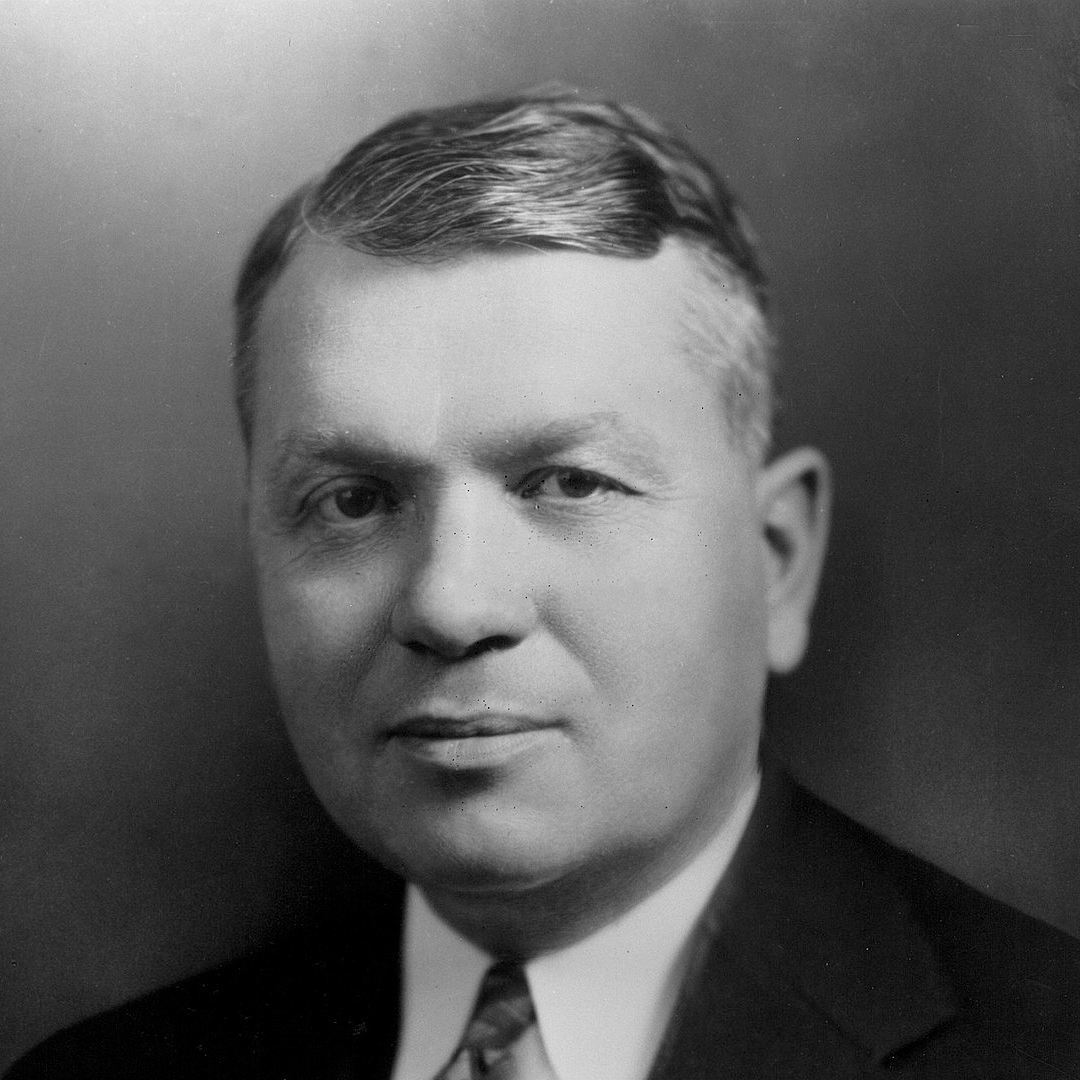
Harold Urey
Harold Urey won the Nobel Prize in Chemistry in 1934 for his discovery of deuterium, one of the two stable isotopes of hydrogen. Renowned as an expert on isotope separation, Urey became a key part of the Manhattan Project in 1943. As head of the Substitute Alloy Materials Laboratories at Columbia, Urey took charge of all isotope enrichment processes outside of Ernest Lawrence’s electromagnetic processes. Urey developed the gaseous diffusion process that became the sole method used in the early post-war period.
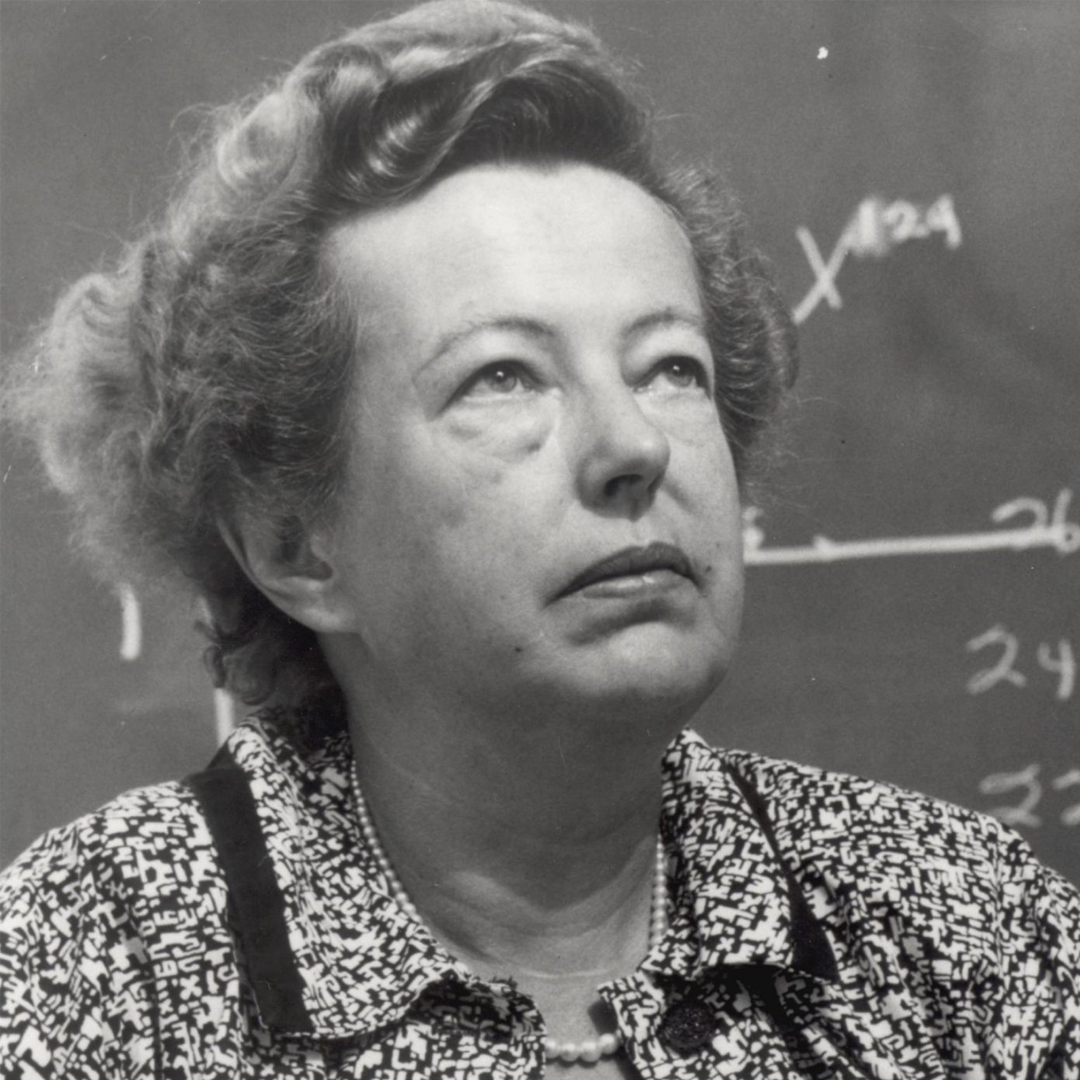
Maria Goeppert Mayer
Maria Goeppert Mayer joined the Manhattan Project in 1942, taking a part-time research post from Harold Urey at the Substitute Alloy Materials Laboratories at Columbia. Mayer worked on isotope separation before joining Edward Teller’s team at Los Alamos in 1945 where she worked on the development of thermonuclear weapons. In 1963, she became the first woman to win the Nobel Prize in Physics since Marie Curie. She earned the award for proposing the nuclear shell model of the atomic nucleus.

